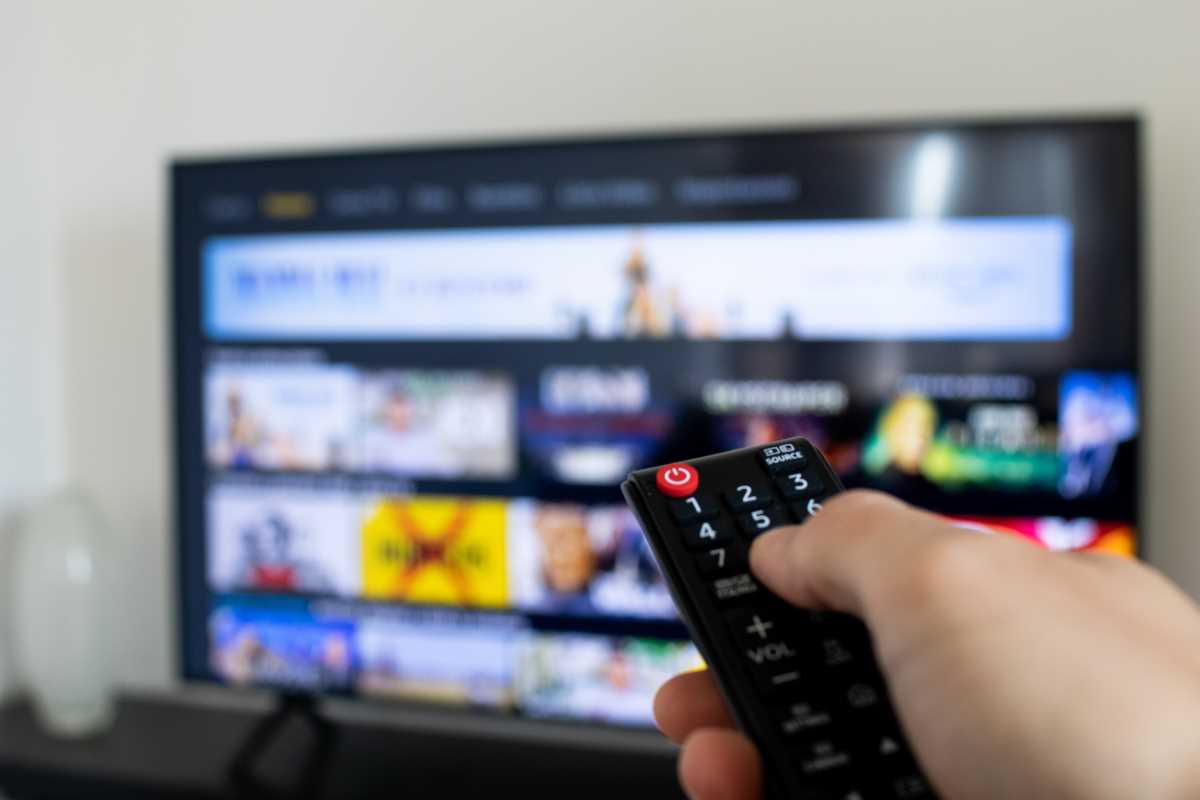Gone are the days of flipping through cable channels to find something to watch. By 2025, the way we consume TV and movies has transformed into a high-tech, fiercely competitive landscape. The “streaming wars” have revolutionized how we relax after a long day, offering us endless options, no matter what kind of viewer we are. With countless apps, new kinds of subscription plans, and exclusive content spreading across multiple platforms, we’ve entered a new era of entertainment. But this massive shift hasn’t come without its challenges. Which streaming service do you choose? And how does this whole system impact what you watch and how you watch it? Let's explore how streaming platforms are reshaping our viewing habits.
Exclusive Content Is a Game-Changer
If you’ve felt the urge to subscribe to multiple services just to keep up with your favorite shows, you’re not imagining it. Exclusive content is at the heart of the streaming wars. Netflix continues to dominate by releasing new seasons of Stranger Things, as well as fresh originals like Jurassic World: Chaos Theory and North of North. Disney+, on the other hand, keeps fans locked in with its expansive Marvel lineup (Agatha’s Coven, Secret Wars) and new Star Wars shows like Ahsoka’s Legacy. Meanwhile, HBO, which retains its prestige identity as both a TV channel and a streaming service (via HBO Max), is producing heavyweights like It: Welcome to Derry and The Last of Us Season 2.
This exclusivity allows platforms to stand out in a crowded market. Studios like Warner Bros. or Universal save their most significant blockbusters for their own services, meaning you may need Peacock or Max to catch these movies first. While all this content is exciting, it forces viewers to make tough decisions. Subscribing to several services can add up quickly, leaving many to wonder if it’s worth it.
How Streaming Platforms Compete for Viewers
With all these options, streaming companies know they’re battling not just for your money but also for your attention. Netflix, for instance, introduced an economical ad-supported tier in 2022, which remains a draw for budget-conscious consumers in 2025. To cater to different needs, Disney+ continues its bundle of Disney+, Hulu, and ESPN+, making it a one-stop shop for family entertainment, live sports, and on-demand drama.
Platforms are also leaning heavily on innovation. Netflix launched features like interactive stories (Black Mirror’s Bandersnatch) and even hosted live comedy specials. HBO Max focused on delivering top-tier cinematic experiences. Apple TV+ offered extended free trials with new purchases of their devices. These companies know they’re not only selling shows but also a sense of quality and convenience.
One downside of all this competition is the occasional disappearance of beloved content. Rights-sharing deals between platforms mean your favorite movie or show can migrate to a different service without warning.
The Rise of FAST Channels
Surprisingly, a counter-trend has emerged for viewers tired of endless scrolling and decision-making fatigue. FAST (Free, Ad-Supported Television) channels such as Pluto TV, Tubi, and Roku Channel are booming. These platforms offer scheduled, cable-like viewing experiences without subscription fees. For viewers nostalgic for simpler times, flipping through curated “channels” that program everything from retro sitcoms to niche documentaries is refreshing. While these services lack the buzzy originals found on Netflix or Disney+, they fill a valuable gap for casual or passive viewers.
Global Stories Take the Spotlight
The streaming wars have also opened the door for diverse, international content to shine. South Korea remains a powerhouse, with Squid Game’s upcoming final season captivating global audiences, while Netflix has introduced new K-dramas like The Broker. Spanish-language shows, including the Money Heist follow-up Hostage Games, are also drawing millions of viewers. HBO Max has broadened its reach by investing in content like The Chair Company, bringing American humor to global audiences. With platforms analyzing viewer data to determine what’s trending across countries, we're seeing a cultural exchange through entertainment like never before.
This trend has even reshaped Hollywood itself. Streaming platforms are no longer bound by geography, and creative professionals around the world are now finding audiences for their unique voices.
How Viewers Are Adapting
With so much content scattered across different apps, viewers have learned to become savvy subscribers. The “rotating subscription” approach is popular, where people subscribe to a service for one or two months to binge the newest season of a hit show and then cancel until the next season drops. For example, someone might pay for Netflix during Stranger Things’ release, then hop over to HBO Max for The Last of Us.
Others share accounts with friends and family or stick to smaller, bundled services to save money. Still, as the streaming fatigue sets in, more viewers are looking for alternatives. Renting or buying specific movies and episodes has made a minor comeback, with platforms like Apple or Amazon allowing people to pay per title, avoiding full subscriptions.
The Binge Model vs. Weekly Releases
Streaming is also changing the way stories are told. Netflix pioneered the binge model, releasing entire seasons at once, letting fans plow through them in a single weekend. Despite this, Disney+ and HBO Max have stuck to weekly releases for many shows, creating watercooler moments where fans can theorize about the next episode.
Both formats have their strengths, but the binge model has certainly changed viewing culture. While it’s satisfying to get the whole story at once, some miss the nostalgic anticipation of waiting a week to see what happens next.
The Future of Streaming
It’s clear the streaming wars aren’t ending anytime soon. The competition will only grow fiercer as platforms push boundaries with new technology. Virtual reality could soon give viewers fully interactive storytelling. Imagine stepping into an episode of your favorite show or visiting a planet from the Star Wars series without leaving your couch.
For viewers, this competition is both a blessing and a curse. You have more entertainment options at your fingertips than ever. Still, it takes time, effort, and a bit of strategizing to keep up without breaking the bank. The good news is that whether you prefer epic blockbusters, heartfelt indie films, or quirky comedies, there’s never been a better time to be a fan of TV and movies.







